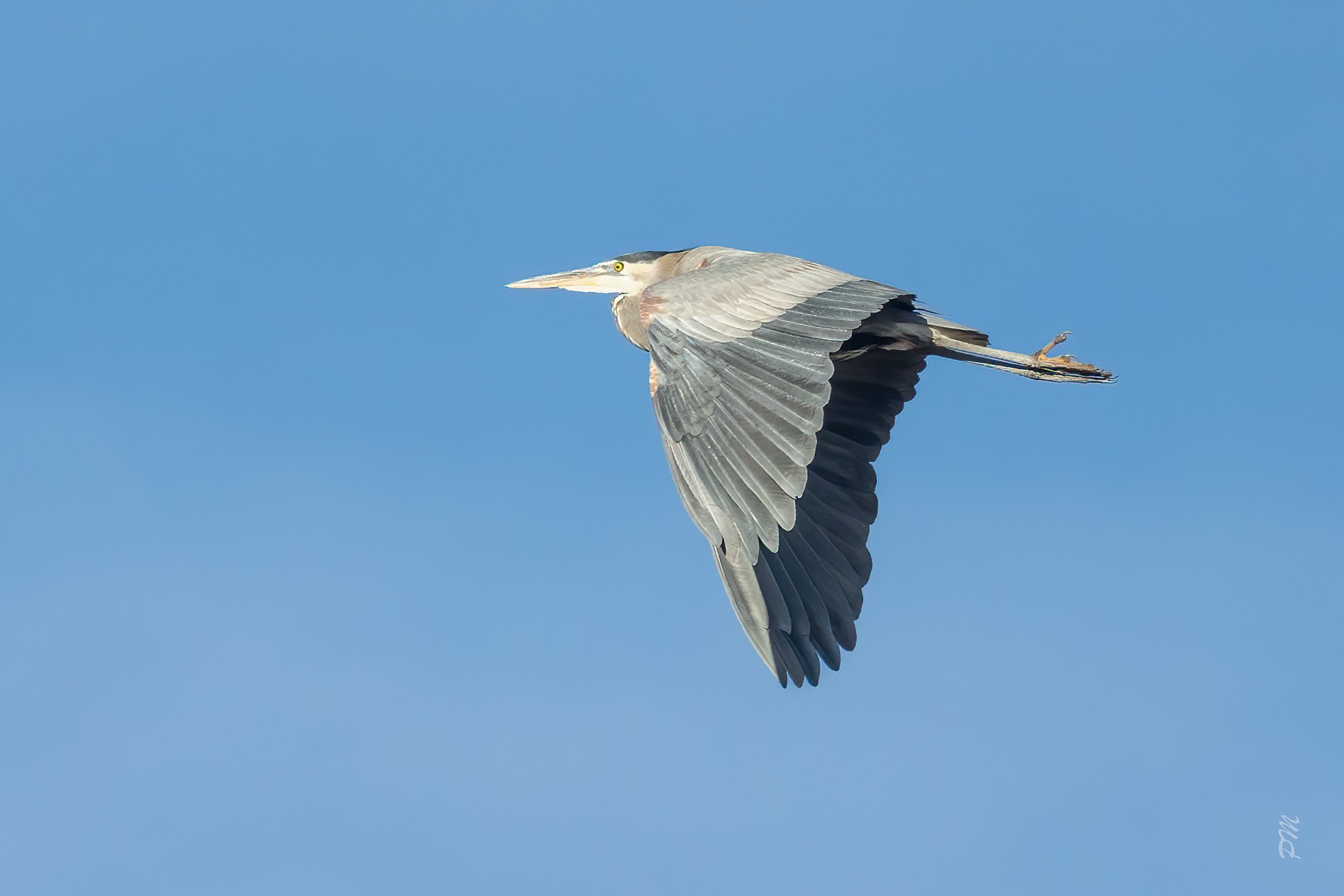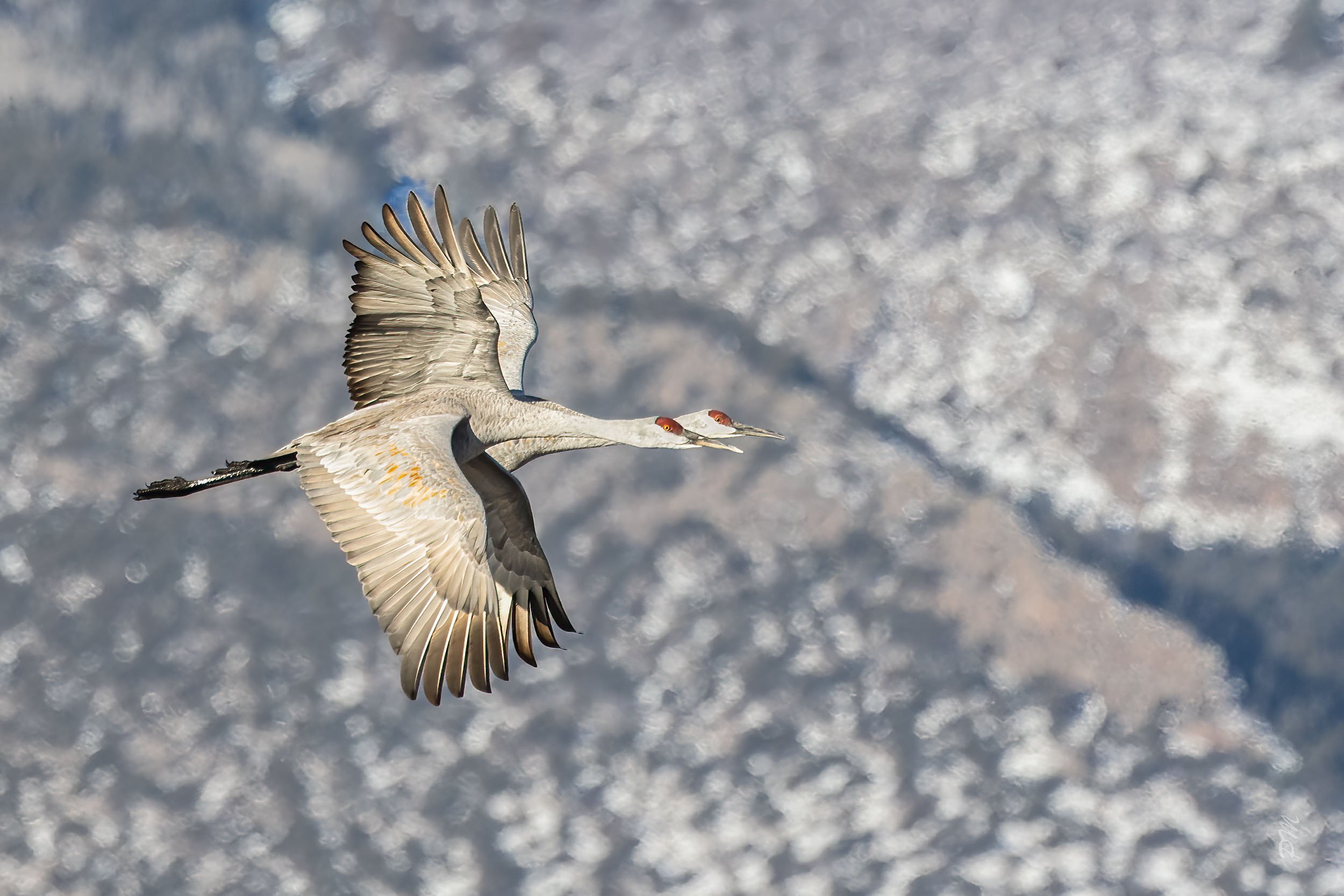Flight
Let’s face it. Birds in flight have to be one of the most impressive ways to view a bird. But, of course, it’s not always easy. Large birds, like eagles, are certainly easier to catch than the tiny tree swallow, for example. Even then, large birds will allow themselves to get caught in wind currents and can move faster across the sky than my camera can pan! And then there are the falcons, like the peregrine or kestrel, that can simply fly up to 200mph when they want to. Regardless, when captured on film (or in my case on a sensor), often times those extended feathers of birds in flight make for an incredible photograph. Here are some of my favorites. I highly recommend clicking on any image to view it larger.
Hawks
Red-Tailed Hawks are plentiful here in Colorado and make for beautiful subjects, especially in soft evening light that some of these were captured in.
Eagles
Northern Harrier
Northern Harriers are found mostly in the winter here. They fly fast and really low to the ground because they are listening rather than just looking for their prey which consists mostly of voles and rodents. The images on either side here (below on mobile) are from when I found a Harrier and a Prairie Falcon vying for the same food (a duck that the Falcon had captured). The Harrier circled close to me (a rare treat) enabling me to get a close-up of it in flight. The Harrier gave up and the Falcon got the meal.
Egrets
With their expansive white wings egrets, both Snowy Egrets and Great Egrets, are always one of the most impressive birds in flight to photography.
Herons
Great Blue Herons have a magnificent wingspan. They flap their wings with long, graceful strokes and always bring me joy to watch, especially when they are in a unique light.
Great Blue Herons
Black-Crowned Night Herons
Below - Black-Crowned Night Herons always remind me of penguins with their short stocky bodies and somewhat of a waddle of a walk.
These images are of a juvenile Black-Crowned Night Heron. Notice how different its feathers are from the adults.
Kestrels
Kestrels are the smallest species of falcons and are fast in flight. I have hundreds of out-of-focus shots of Kestrels to prove it too! Fortunately, I do have some that are sharp.
Prairie Falcons
Prairie Falcons, like Kestrels, are fast in flight. It’s best to catch them when they are looking for food as I did here.
Sandhill Cranes
Sandhill Cranes migrate through Colorado in February and March, staying at the Monte Vista Wildlife Refuge in the San Luis Valley. They come by the thousands on their way from New Mexico to Yellowstone. It is a treat to see them arrive by the thousands. And it is a special treat to see them “lift off” daily in the morning (see image immediately below) to disperse for the day only to return in smaller groups in the evening.
Ducks
Even the good old duck can be a beautiful sight to behold when in flight.
Below - Male Buffleheads fly over the Platte River.
Upper Right and Lower Right (below on mobile) - These are both Male Hooded Mergansers but they can have a completely different look depending on your point of view.
Left (below on mobile) - Male Mallard coming in for a landing
These three images below are of Northern Shovelers. As in most ducks, the male is quite more colorful in its feathers than the female.
Below - Mallard barely touches the water on its landing
Right - Black-bellied Whistling Ducks flying overhead near the Texas Gulf coast
Gulls
Yes, even such a commonplace bird as a generic seagull can show us beauty, especially in soft, golden light.
Other Birds
Much like the swallows above, Kingfishers can be a real challenge to photograph in flight. Not only are they fast and small but they are one of the most skittish birds I’ve ever seen. They don’t like you to be within a hundred feet so they will take off from a branch if they see or hear you approaching.
Kingfishers
Here is a variety of other birds in flight.
Swallows
Below - Violet-Green Swallow
Below - Brown Swallow
Below - Tree Swallow
Killdeer
Yet another small bird, this shorebird’s challenge is not only capturing movement but also exposure as the bird has some blindingly white feathers against some darker ones thus presenting the challenge of exposing for either the white or the dark. I find it’s better to underexpose and get the white exposed correctly and then hope the dark feathers can be brightened in post-processing software.
Miscellaneous
Enjoy these miscellaneous birds in flight.
































































































































































